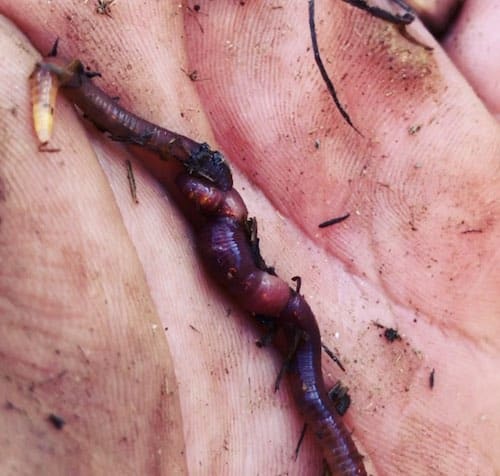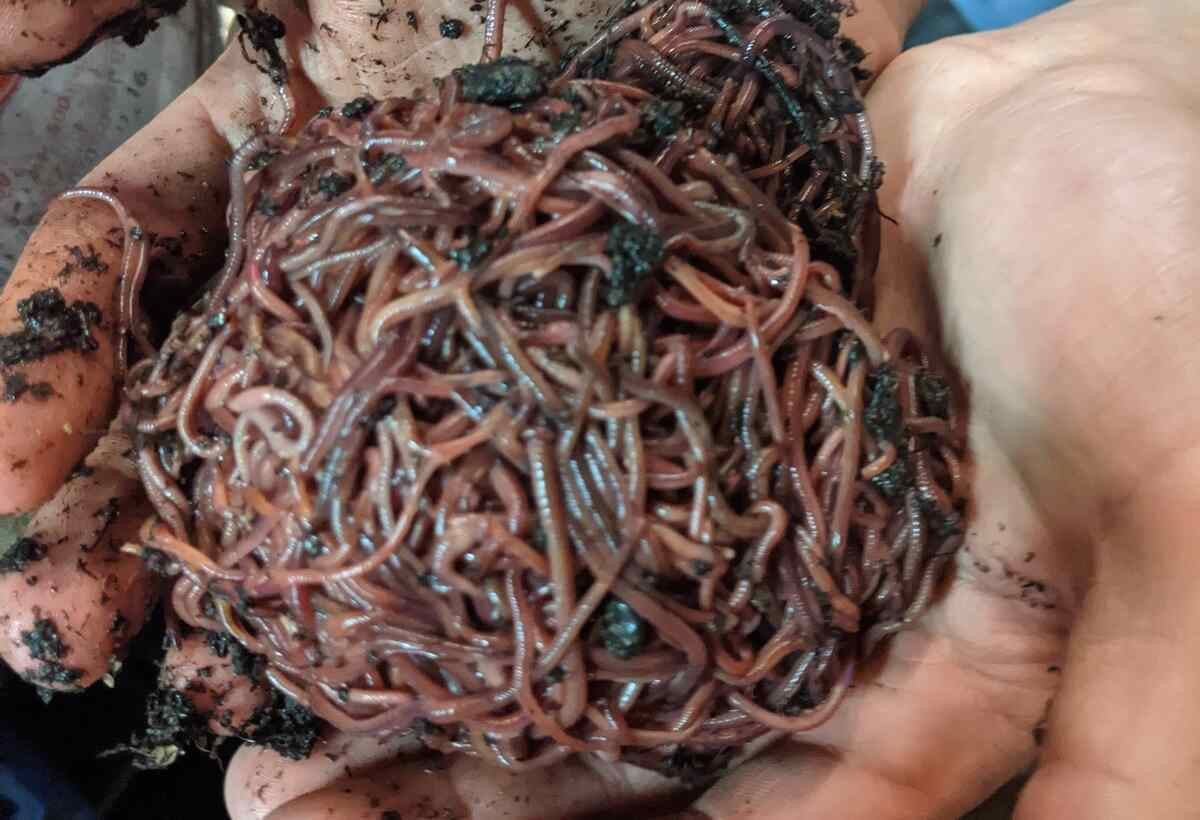Organic red worms: Support a greener planet
Red Wigglers: The Secret to Eco-Friendly Composting
Red wigglers, scientifically understood as Eisenia fetida, play a critical duty in lasting composting methods, supplying a natural service to squander monitoring. red wigglers. These worms not only take in natural products however additionally transform them into useful vermicompost, enhancing soil health and wellness and advertising ecological balance.
What Are Red Wigglers?
Although several individuals know with earthworms, red wigglers (Eisenia fetida) are a particular types that play an important function in composting. Belonging to Europe, they have actually adapted well to a variety of settings, particularly in decaying organic issue. Unlike typical yard worms, red wigglers flourish in rich, damp environments, making them excellent for composting systems.
(red wiggler worms for sale near me)These worms are defined by their reddish-brown pigmentation and lengthened bodies, commonly determining in between 3 to 4 inches in size. Red wigglers are epigeic worms, indicating they stay near the soil surface and eat decomposing natural material. Their high reproductive price permits populations to proliferate under optimum conditions, with the ability to increase in number every couple of months.
Red wigglers possess a distinct gastrointestinal system that allows them to break down organic waste efficiently. Their sustainable nature makes red wigglers an important asset in green composting methods.
Benefits of Making Use Of Red Wigglers
Utilizing red wigglers in composting systems supplies numerous advantages that enhance both the performance of waste decomposition and the top quality of the resulting garden compost. These earthworms, medically known as Eisenia fetida, are renowned for their remarkable ability to take in organic waste, transforming it into nutrient-rich vermicompost at a remarkable rate. Their fast food digestion procedure accelerates the malfunction of kitchen area scraps and yard waste, significantly minimizing the time required for composting.
Along with their performance, red wigglers add to boosted dirt framework and fertility. The vermicast produced by red wigglers is rich in essential nutrients, beneficial microorganisms, and humic acids, every one of which improve dirt wellness and advertise plant development. This nutrient-dense compost aids keep dampness and improves oygenation in the dirt, promoting a growing environment for plants.
Furthermore, making use of red wigglers for composting reduces land fill waste, contributing to a much more lasting waste administration system. By drawing away organic products from landfills, composting with red wigglers decreases greenhouse gas discharges, making it an environmentally friendly selection for eco conscious people and communities. On the whole, red wigglers give an effective and sustainable remedy for composting.
Setting Up Your Worm Bin
Producing a worm container is a simple procedure that requires mindful factor to consider of products and conditions to guarantee a successful setting for red wigglers. Begin by choosing a suitable container, which can be a plastic container or wood box, with a capability of at the very least 10 gallons for reliable composting. Make sure the bin has sufficient ventilation by drilling small openings in the lid and sides to enable air flow.
Next, prepare the bedding, which is vital for maintaining dampness and providing a habitat for the worms. Suitable materials consist of shredded newspaper, cardboard, coconut coir, or peat moss. Objective for a bed linens depth of about 4-6 inches, guaranteeing it is damp yet not excessively wet.
It is essential to preserve the right temperature level for your worm bin, ideally in between 55 ° F and 77 ° F(13 ° C and 25 ° C) Setting the bin in a shaded area to avoid overheating. Furthermore, maintain the bin far from direct sunshine and severe climate condition to protect the worms.
Feeding Your Red Wigglers
Feeding your red wigglers is an essential facet of successful worm composting, as it straight influences their health and the efficiency of your composting system. Red wigglers grow on a well-balanced diet regimen consisting mostly of natural waste materials. Ideal food options include fruit and vegetable scraps, coffee grounds, crushed eggshells, and shredded paper. Avoid feeding them meat, dairy products, and oily foods, as these can attract parasites and develop smells.
(redworms for composting)Start with little amounts to allow the worms to take in the material completely before adding extra. Screen the food decay procedure and readjust the amount based on just how quickly the worms are refining the waste.

Maintaining Your Worm Garden Compost System
A well-kept worm garden compost system is necessary for maximizing the efficiency and durability of get more your composting efforts. Normal surveillance of moisture degrees is important, as red wigglers grow in a wet environment, preferably around 70% moisture. If the bed linen ends up being also dry, gently mist it with water; on the other hand, if it comes to be excessively wet, add completely dry bedding such as shredded newspaper or cardboard to soak up excess moisture.
Temperature control is likewise vital. Ensure your compost system is maintained in a shaded, ventilated area to avoid overheating.
Monitor the worm population and their task; a thriving populace shows a healthy atmosphere. By complying with these maintenance methods, you can make certain an efficient and sustainable worm composting system that effectively reuses organic waste.

Conclusion
In conclusion, red wigglers play an essential duty in green composting by efficiently transforming natural waste into valuable vermicompost. Accepting the usage of red wigglers represents a sensible technique to improving ecological sustainability and cultivating healthier environments.